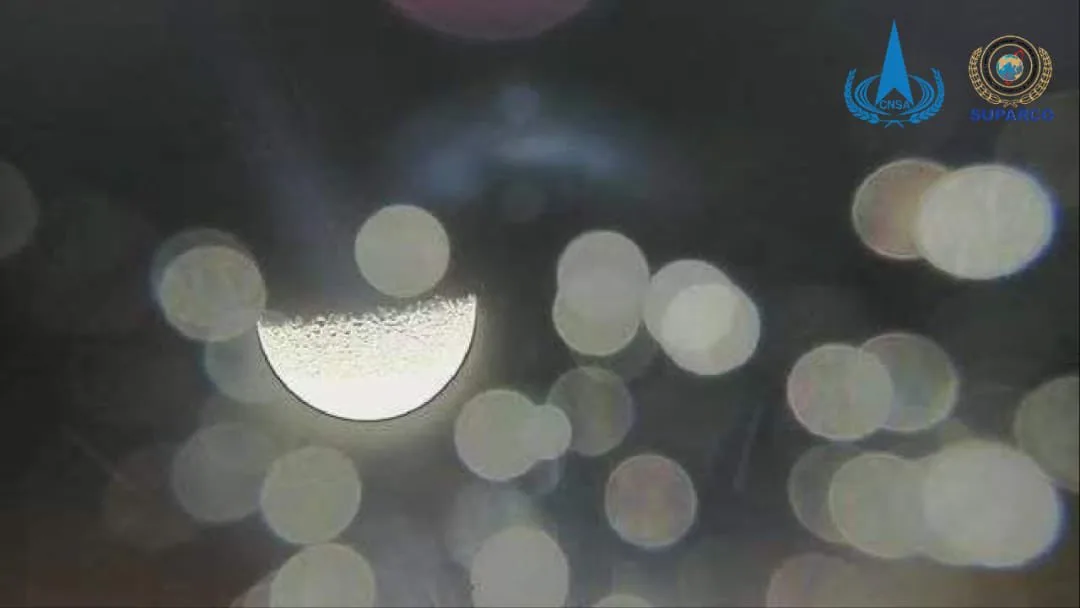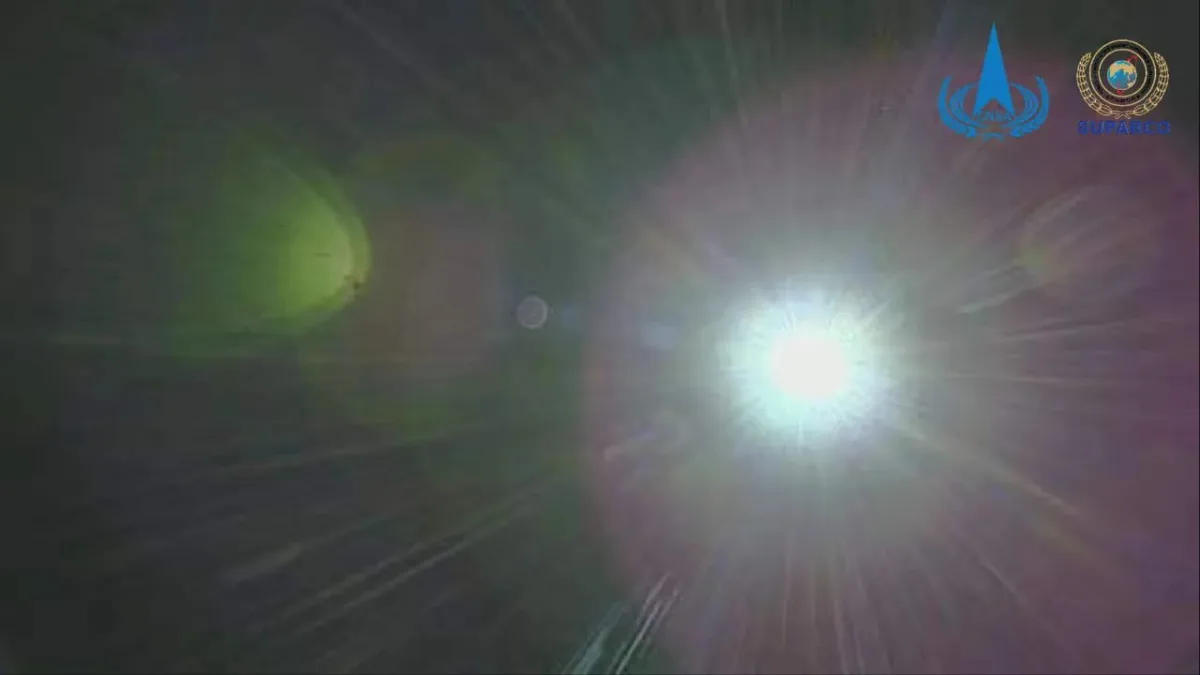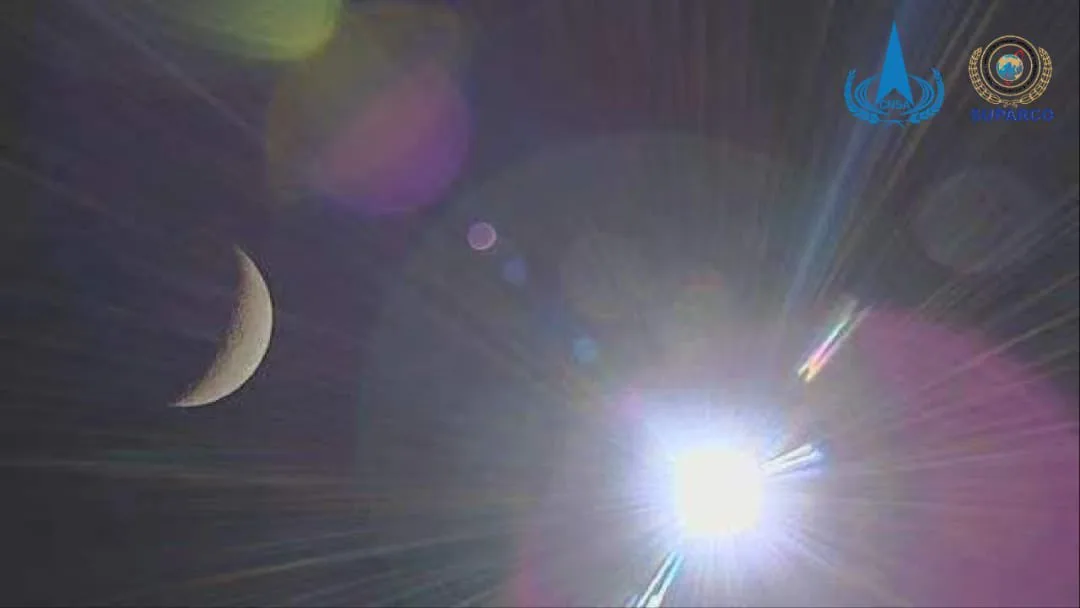iCube Qamar, Pakistan’s lunar satellite, has achieved a significant milestone by sending its inaugural picture/image from the lunar orbit after completing three orbits around the moon successfully.

Launched aboard China’s Chang’e-6 spacecraft from Hainan, China, on May 3, iCube Qamar marked its entry into the Lunar orbit on May 8, as confirmed by the Pakistan Space and Upper Atmosphere Research Commission (SUPARCO).
Equipped with dual cameras, the satellite is currently capturing images of the moon from a distance of 200 kilometers, providing valuable data for research and exploration purposes.


iCube-Q, developed in collaboration between Pakistan’s national space agency SUPARCO, China’s Shanghai University SJTU, and the Institute of Space Technology (IST) in Pakistan, is a testament to international cooperation in space exploration.
Chang’e-6, part of China’s ongoing lunar exploration missions, aims to collect samples from the Moon’s far side for research upon its anticipated landing. This mission holds special significance for Pakistan as it includes the deployment of iCube-Q, a CubeSat satellite developed by IST.
CubeSats, known for their compact size and standardized design, play a crucial role in scientific research, technological advancement, and educational endeavors in space exploration. Typically weighing only a few kilograms, these miniature satellites are deployed for a wide array of missions, including Earth observations, remote sensing, communications, and technology demonstration, contributing significantly to advancements in space exploration.
















